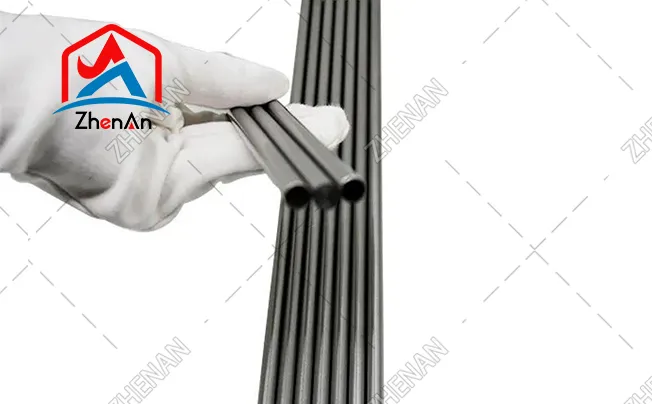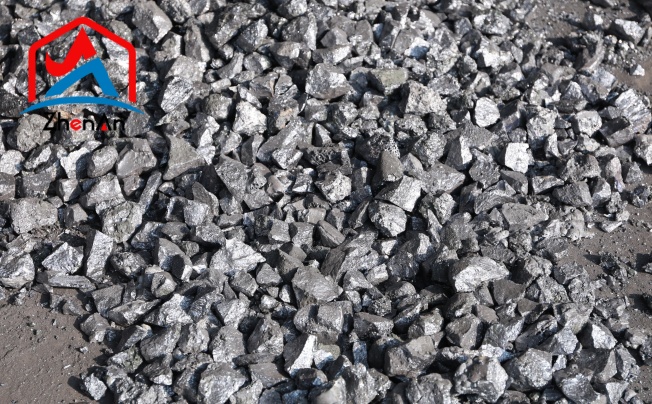An all-titanium vessel means that the main parts, such as the shell, head and nozzle, are made of titanium. The secondary parts can be made of non-titanium. For example, the looper flange and its connecting bolts can also be made of carbon steel.
The minimum thickness of the all-titanium container shell is 2mm. The main considerations are to meet the thickness requirements of the welding process and the requirements to ensure geometric dimensional tolerances during manufacturing, to meet the stiffness requirements required in the manufacturing, transportation and hoisting processes, and to save titanium materials. cut costs.
A.Design selection principles
Since the mechanical strength of titanium material drops significantly when the temperature is greater than or equal to 200°C, and the elastic modulus of titanium is low, the all-titanium structure is not suitable for use in high temperature, high pressure or medium pressure and large equipment.
The allowable temperature of all-titanium pressure vessels should not exceed 250°C. It is considered that it is more economical for small and medium-sized vessels with a pressure of 0.5MPa and a temperature below 150°C to use an all-titanium structure. When the thickness is greater than 13mm, it may not be economical to use pure titanium based on investment costs.

B.Structural requirements
Titanium product processing manufacturers said: Although the structural design of all-titanium containers is somewhat similar to stainless steel, due to some special properties of titanium itself, it is unique in design and processing. Therefore, during structural design, The following points should be noted:
1)When designing the welding structure, the welding part must be convenient for the operation of hydrogen arc welding tools, and all welded joint areas at high temperatures (above 400°C) can be effectively protected.
Titanium can react with almost any element in its molten state, so special protection must be taken during welding and thermal processing. In order to achieve effective protection, the structural shape of the parts should be simple, and the opening of the nozzle on the shell should be as perpendicular to the axis of the shell as possible, so that the protective fixture can be easily manufactured and the protection effect can be better.
2)Strictly avoid welded structures where steel and titanium melt with each other.
Since the melting of iron and other metals in titanium welds will form hard and brittle intermediate metal compounds, which will greatly reduce the plasticity of the welds, titanium and steel cannot be welded except for explosion welding and brazing.
3)The blunt edge clearance of butt welding joints should be appropriate.
The blunt edge gap of the butt welded joint of the all-titanium pressure vessel is smaller than that of steel. This is due to the high melting point of titanium, poor thermal conductivity, small heat capacity and large resistivity, as well as the high fluidity of the welding pool metal.
4)The design of titanium containers should ensure structural continuity and smooth transition of welded joints, and try to avoid stress concentration.
5)The bending and flanging of titanium parts should use a larger bending radius (compared with steel),
and when expanding the tube, a smaller tube expansion rate should be used.
6)Industrial pure titanium is prone to crevice corrosion in certain media.
When designing and handling containers in contact with these media, gaps and stagnant areas should be avoided as much as possible, and crevice corrosion-resistant titanium alloys (such as titanium-palladium alloy) or coating.
7)When designing and processing containers in contact with conductive corrosive media,
if it is found that contact between titanium and other metals can lead to galvanic corrosion, structural measures should be taken (such as using a third material as a transition layer) or using Anode protection.
8)When designing equipment prone to corrosion,
the flow rate of the corrosive medium should be lower than the critical flow rate, and sudden changes in flow rate or flow direction should be avoided as much as possible; or protective baffles should be installed in areas prone to corrosion and abrasion.






